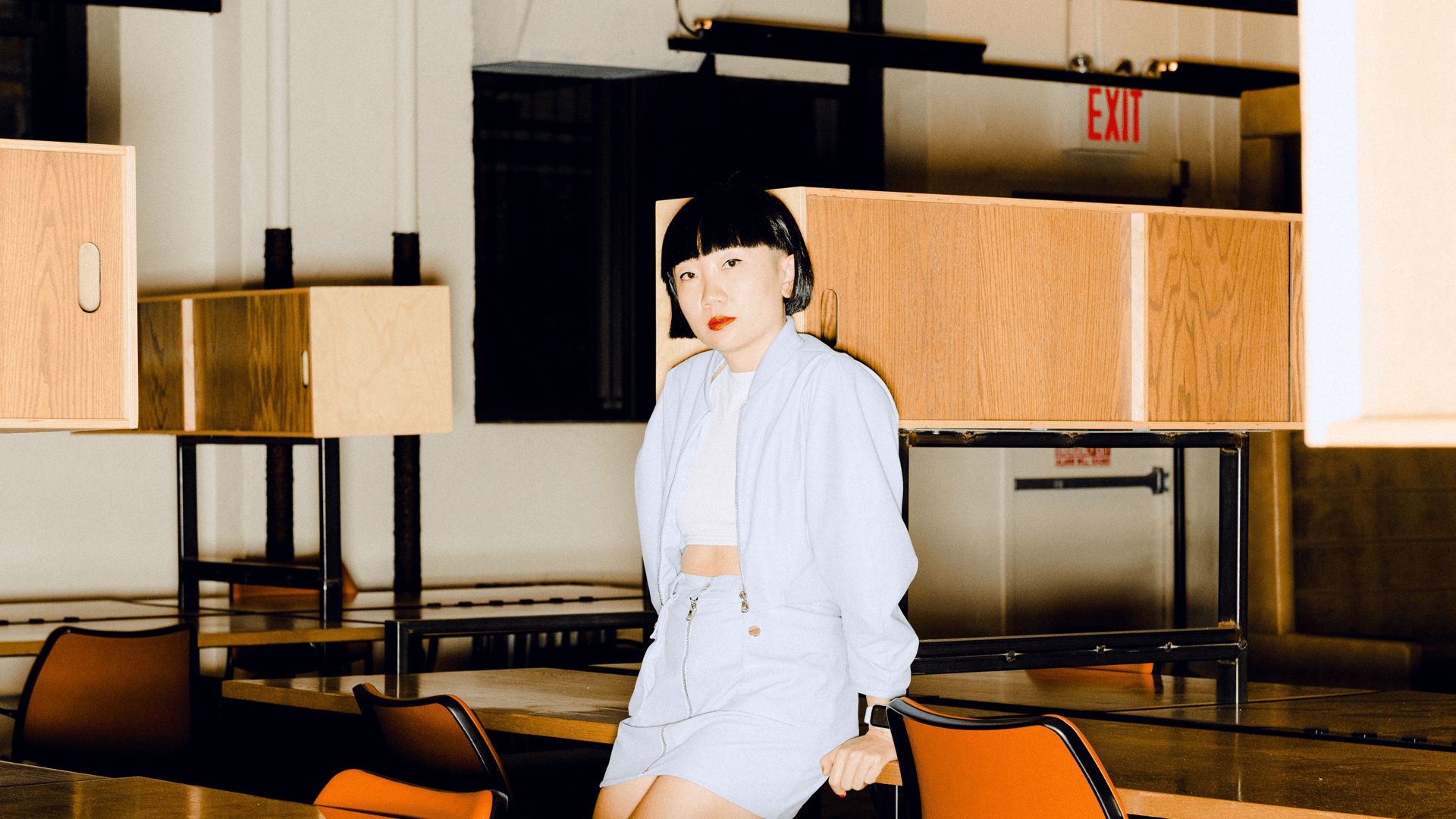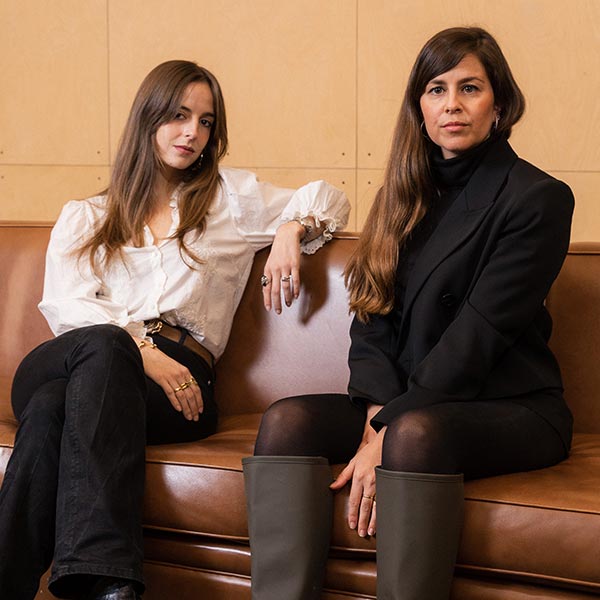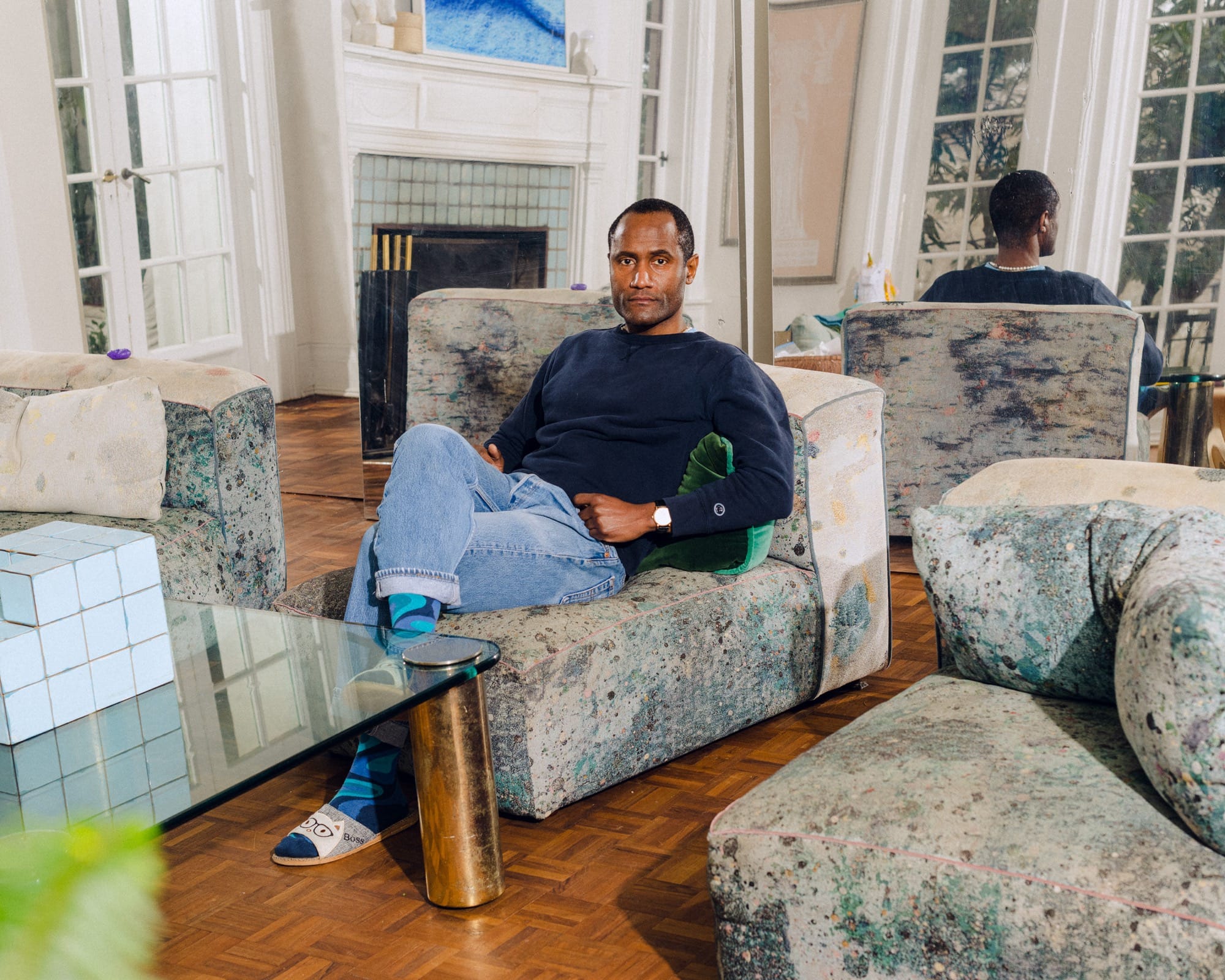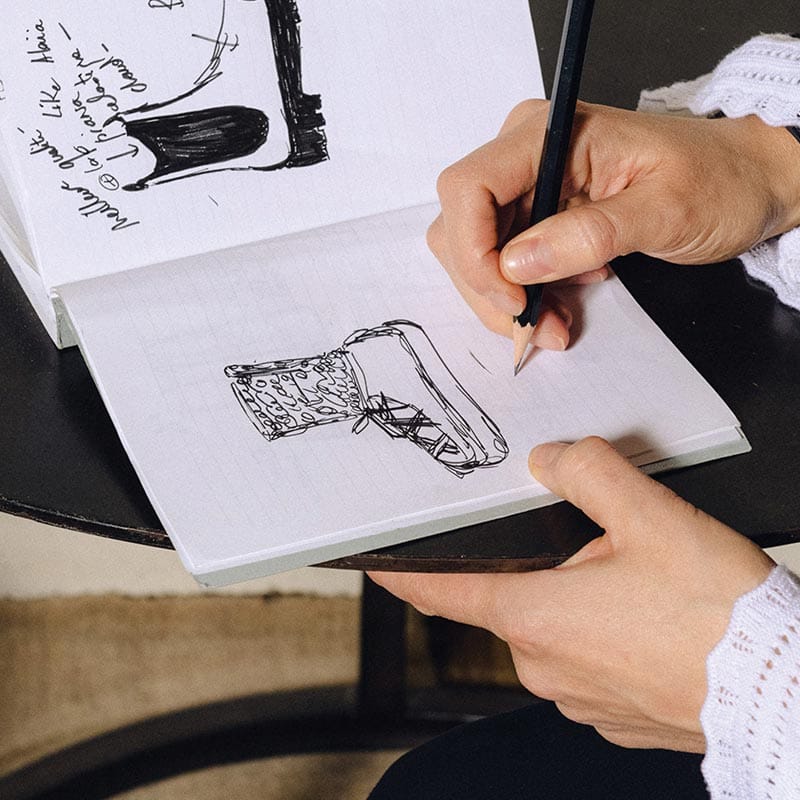After more than a decade of working as a problem solver for museums, digital strategist JiaJia Fei decided it was time to go out and find new problems to solve.
The founder of the first digital media agency for the art world, Fei is deeply familiar with the industry’s notoriously slow adoption of digital trends. Having spent six years in digital marketing of the Guggenheim, and shortly after, serving as the Jewish Museum’s first Director of Digital, she’s helped transform some of the most traditional institutions in New York into standard-bearers for all things digital.
In advance of a recent panel discussion, “The Evolution Will Be Live,” with the Wide Awakes at NeueHouse Madison Square featuring Fei, artist Chase Hall, artist Coby Kennedy, and entrepreneur Tracey Ryans, NeueJournal sat down with JiaJia to learn more about her work straddling the digital and art worlds, and her involvement with the Wide Awakes, the artist-led activism and abolitionist movement.
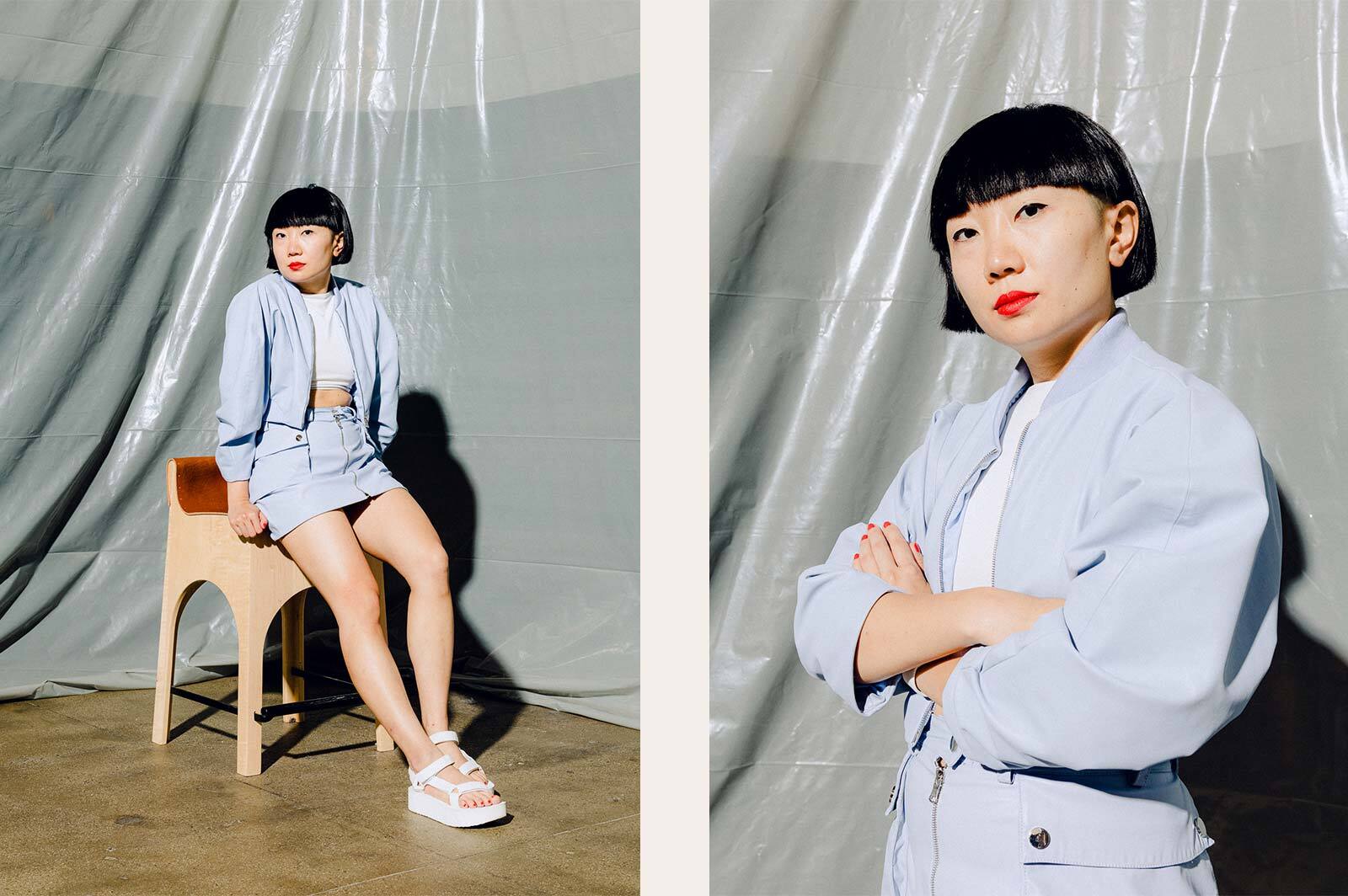
Can you share some examples of how your digital consultancy has been working with organizations?
I see my role as more of a problem-solver and translator because when people think about technology, they go straight into a product or a solution. They immediately think, “I need an app or this social media platform.” I spend more time training people in thinking about how technology can serve as a design solution to meet an objective.
The art world is different from other sectors in culture and entertainment when it comes to technology because art is so multifaceted. It could be a painting, a photograph, a performance or something completely ephemeral. So there is no single medium—at least for now—that can completely translate and mirror experiences in the way that film and music and even literature has been able to really rapidly digitize.
Art can be so intimidating for a lot of people. How do you see what you do as creating accessibility?
The language that most people use within institutions and within galleries is really inaccessible. You go to museums and you look at the wall label and you’re like, “What the hell are they talking about?” So not using language that is alienating is crucial. Most artists and people who work in institutions, including curators, are not good communicators. They are good at talking to other people who speak their language, but they’re not good at talking to a broad audience.
Secondly, it’s about making your content accessible online by putting it online, and making sure that all the content that’s created is digitized. Putting stuff online is so basic, but it hasn’t even been done yet.
So my whole experience working in both worlds has been trying to be this bilingual translator who can speak both languages and also convince people to see the value of making the art world not necessarily more reductive and less rigorous and radical and in-depth, but making sure that you are able to communicate in a way that doesn’t limit your audience to the .0001% of the world who can understand this text. Bringing together the world of art and technology is something that continues to be my mission.
“Bringing together the world of art and technology is something that continues to be my mission.”
Who do you follow on Instagram that we might not expect?
One social media account that I’ve always loved and nerded out about is NASA. The way in which they are able to communicate very abstract and complicated concepts is not unlike the approaches the art world should be making when talking to a broad audience in an attempt to make something that is not tangible or in your everyday life, relevant and easy to understand.
You can’t assume everyone who comes into your building is going to have an art history degree or a certain understanding, which is the assumption of how most people communicate. You should instead assume that these are probably really smart people in other fields and they’re coming here because they’re curious and they want to be able to expand their understanding and maybe add to the conversation as well. NASA has always been an example I look to and use as a model.
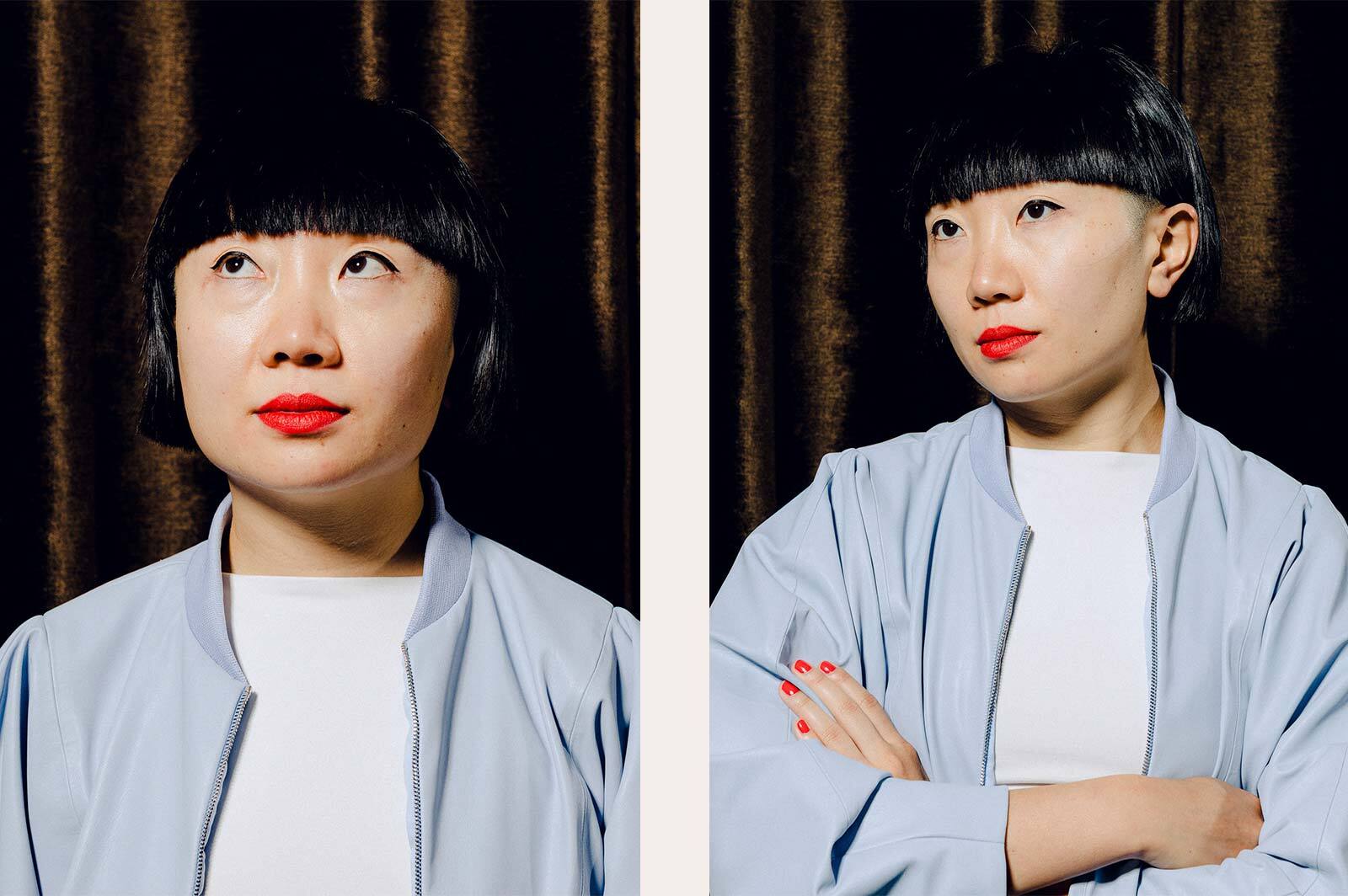
The Wide Awakes have a shared mission to leverage art as a tool for social change. As part of this network, how are you helping to champion the arts to strengthen and inspire communities?
I realized that there was this new model of the art world via the Wide Awakes that I was completely new to because, having worked inside cultural institutions, there is a very defined hierarchy, rank, and kind of a singular definition of who decides. The gatekeepers. It’s not democratic nor is it about the community at all. It’s the complete opposite.
So I was really surprised by this very organic approach where anyone can be a Wide Awake, an artist, an activist. It’s for the first time, an art world without ego. There isn’t a single leader or mandate that is really the structure of what has made all other parts of government and the art world so problematic all these years.
I was fascinated by this new approach and the sense of community of all these artists who were supporting each other in so many different ways. I got swept up, inducted, and then accidentally embedded in this whole system. In that process, too, I had to really unlearn so much of what I had understood about not just the art world, but the broader frame of how someone can be both active and responsible as a citizen but still think about these abstract and really important infinite goals.
